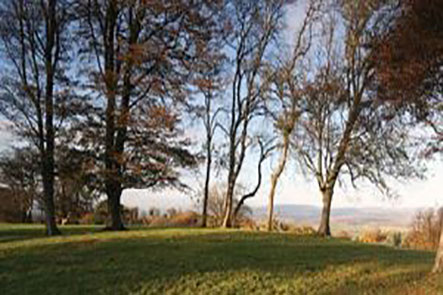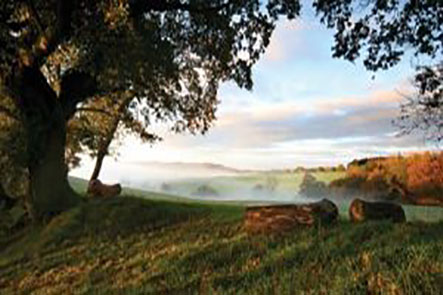
Natural & Eco Funerals
Natural & Eco Funerals with Coles
A natural or eco funeral embraces all faiths, or no faith at all, allowing people perfect freedom to acknowledge and celebrate loved ones exactly as they wish. Loved ones are committed to the land with minimal disturbance to the natural environment and with no lasting impact.
Here at Coles we can help you and your family make the most eco-friendly choices possible to honour your loved one’s ‘green wishes’.
The importance of being Eco Friendly
It is sometimes said that our lives might be compared to footprints in the sand; individually unique as they follow their own human journeys. All organisms that have lived, have died and returned to the soil… only to be recycled into new life. This is the positive and charitable interpretation of the footprints we leave.
But in today’s world, the word footprint also encapsulates less favourable connotations – a measure of the less welcome, permanent and enduring impacts of our respective footprints on the earth.
In order to conserve the sustainable use of precious resources and land in an increasingly overcrowded world, environmentally friendly funerals usually make use of sustainable materials, buried or interred in green cemeteries such as woodland burial sites, fields, and gardens.
Graves remain unmarked, (although plotted with highly accurate geographic information system – GIS), allowing the natural habitat to become a living memorial.
What is a Natural Burial?
The natural burial might be seen as one which leaves no adverse – or the least adverse – footprint. With this in mind there are many ways in which the practice of traditional burial may be made greener, through the use of biodegradable materials ensuring that they are effectively returned to the environment for use again in the future rather than taking decade or centuries before they decompose and are reabsorbed into the land.
These sustainable options might help in the choice of materials used in green burials. Shrouds that are woven and made from such organic materials as linen, cotton or silk. Natural sources of sustainable (replaceable or already growing) timber to be used in the making of urns and caskets. It is possible to go a step further in the greening of the caskets used by replacing environmentally valuable wood with cardboard or wicker varieties.
There are even caskets on the market that are made entirely from recycled and eminently biodegradable newspaper –they are called eco-pods and come in a number of different designs and colours. Embalming is not permitted due to the adverse environmental impact. Alternative modes of transportation are available, including electric hearses and horse drawn carriages.
For those who want to be buried alongside their beloved pets, Cardiff & The Vale Natural Burial Meadow is licensed to permit animal ashes to buried with human ashes too, keeping companions together in their final resting place. Visit the website to find out more.
Local Natural Burial Grounds

Cardiff & The Vale Natural Burial
The meadow’s beauty has far reaching views of the Vale of Glamorgan. Unhurried, tranquil and private, it offers something gentler. A place of escape, away from it all.

Usk Castle Chase Natural Burial
Usk Castle Chase’s tranquillity is typical of the surrounding Monmouthshire countryside. With lush landscapes, it offers a peaceful place to sit and be surrounded by natures beauty.
